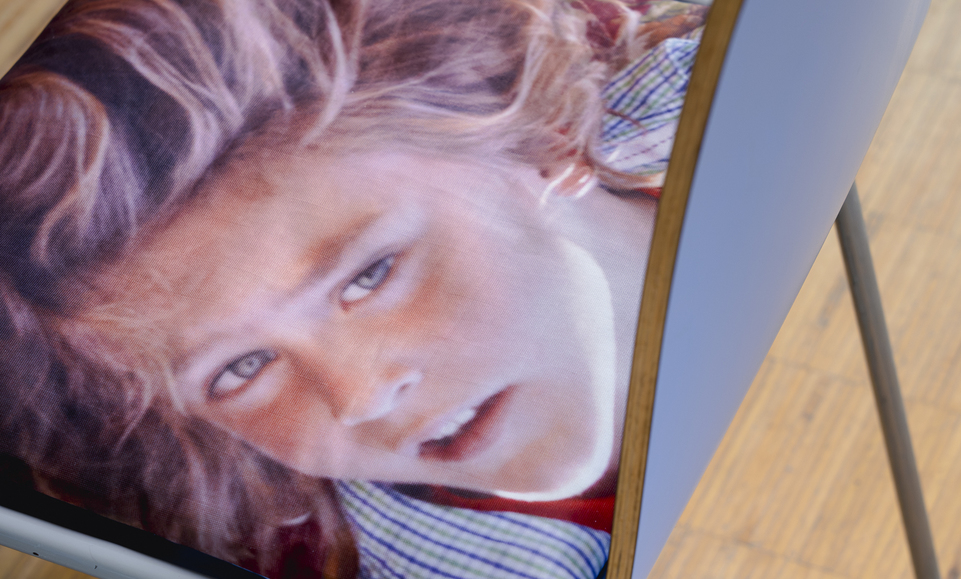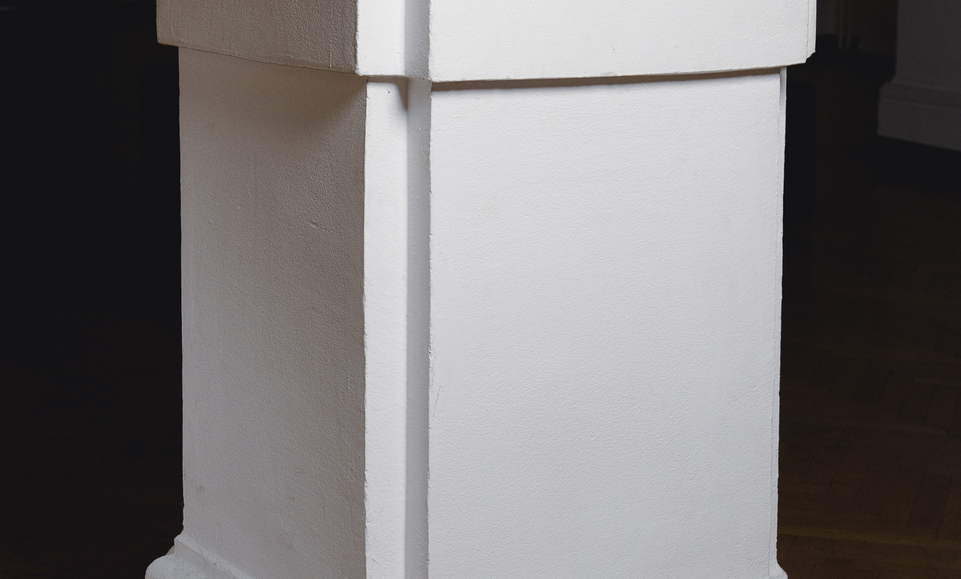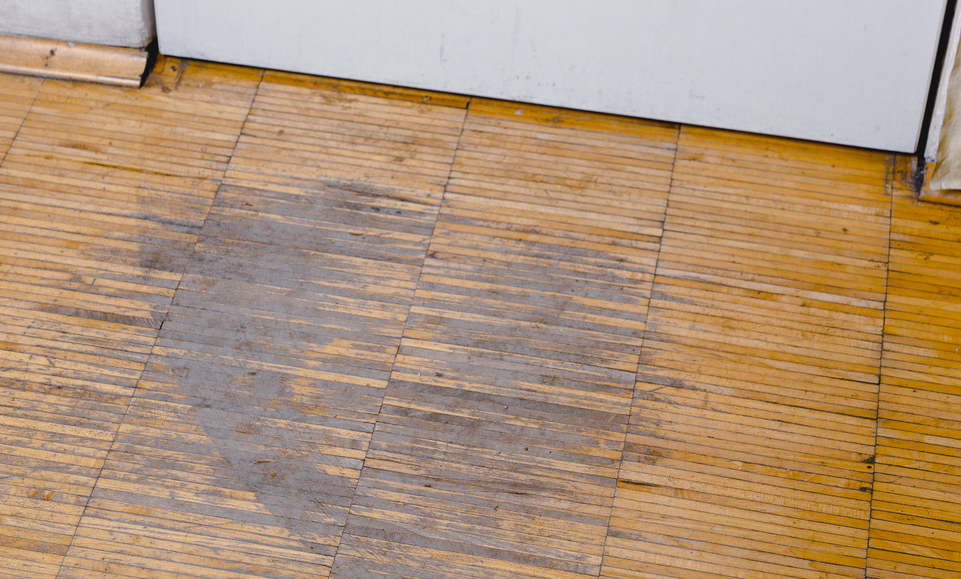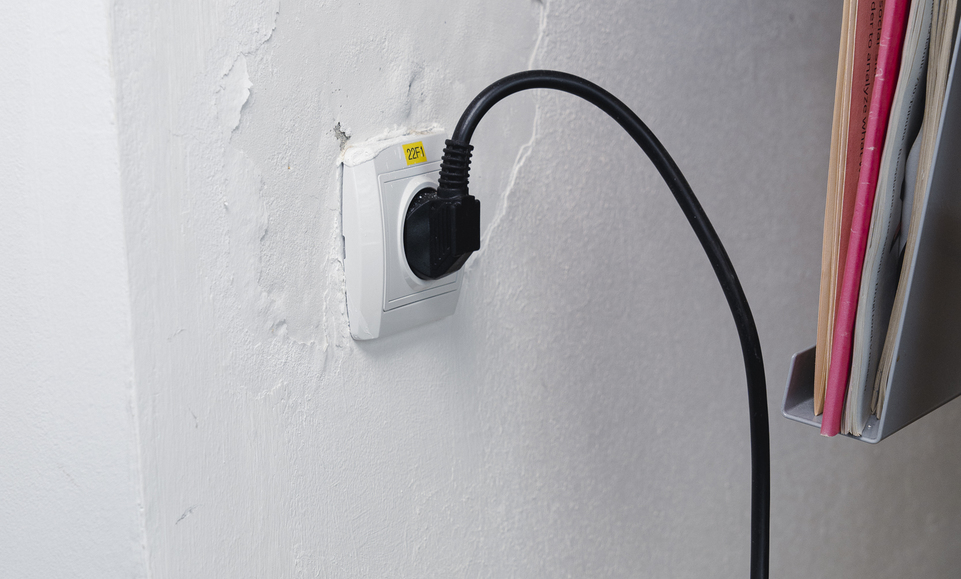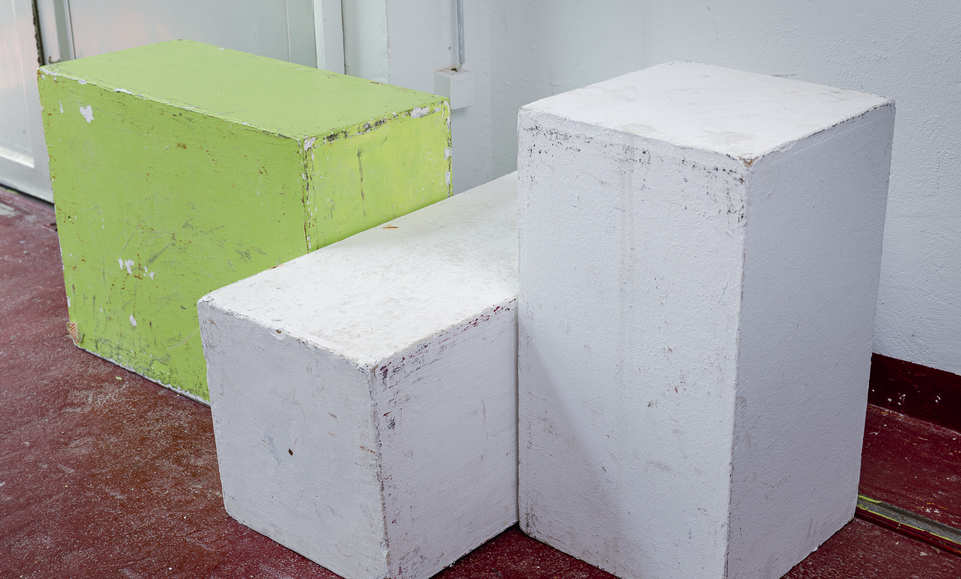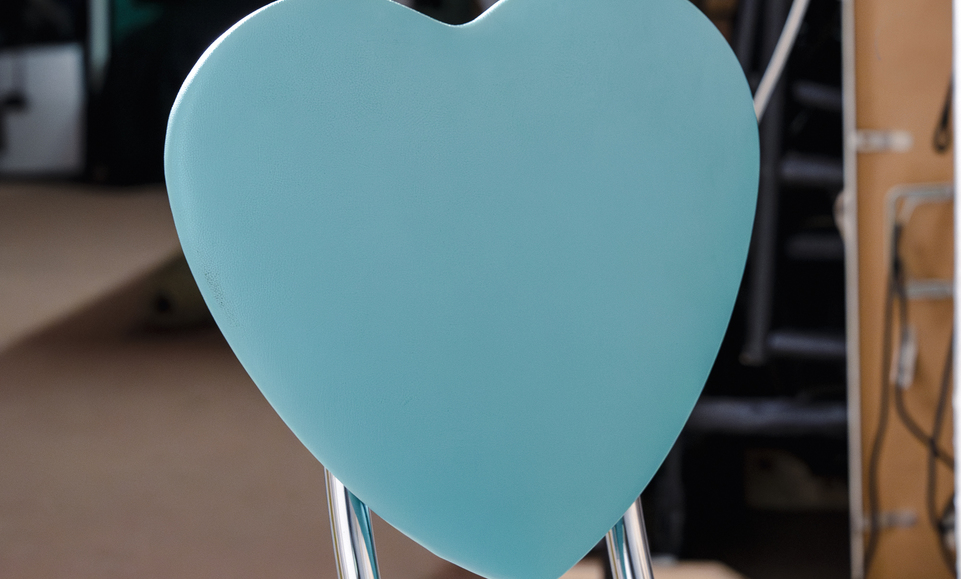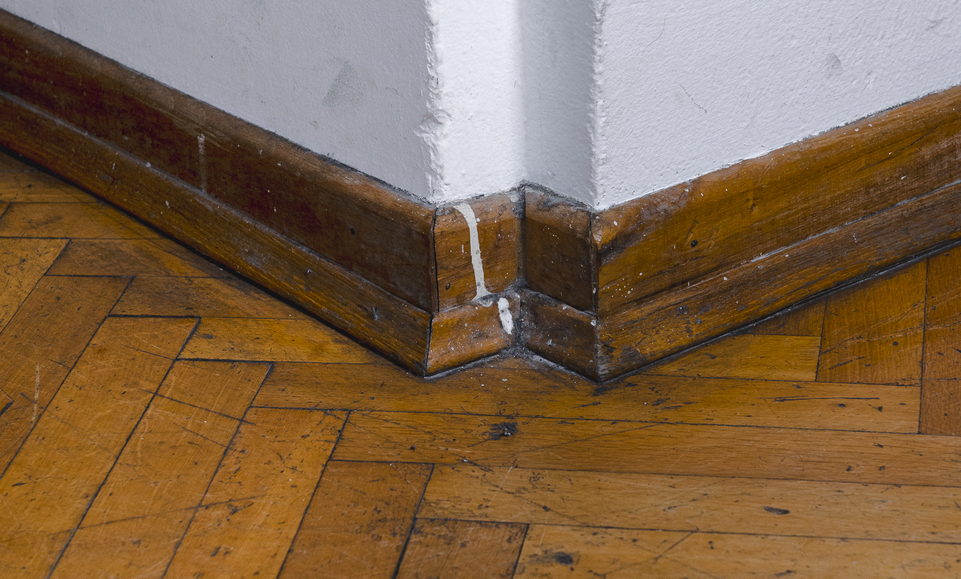I have spent one month getting to know the Slovenian independent cultural scene. During this month I was introduced to different spaces of cultural production – some where in good shape, even great, while others were in a somewhat poorer condition. While in these places, we had conversations with various people – curators, actors, photographers, owners of independent publishing houses, activists, multimedia artists, etc. They shared with us their thoughts and expectations regarding the places where they work.
“We are lucky—we got this whole location for ourselves and our different productions needs. We can stay here for as long as we want. They might let us stay, we will see in year what happens. But now, it's slowly being taken away from us. The private sector has its eyes on this location. There just aren’t enough places for cultural production in this town…”
These are just some of the words I heard from the artists and cultural workers we met. As I listened, wandered and photographed throughout this spaces, it began to feel as though they themselves had started to speak—as if they had taken on a kind of agency of their own. These places and their interiors seemed to have a life of their own.
Despite coming to this residency with a clear idea of how I wanted to photograph these locations in terms of motifs (I wanted to focus on more abstract aspects of the space, textures, shapes, cracks…), once I stood inside them, I decided to take a more relaxed and playful approach. I did not want to put any kind of expectation—on myself or the photos—in terms of how they should be made or how they should look. I investigated the venues spontaneously—sometimes by myself and sometimes with the help of the kind people I met there—and decided to let the spaces speak for themselves.
I photographed the sites of GT22, Pekarna, and Kibla. It was important for me that these sites were diverse in terms of the kinds of art production programs they present and support, but also that they shared the common trait of regularly hosting public events.
At the end of my photographic process, I had to make a selection of photographs for the group exhibition at the Obrat Gallery. However, for this report, it seems appropriate to share photographs that were part of the process but did not make it to the exhibition wall. To me they seem equally important.

